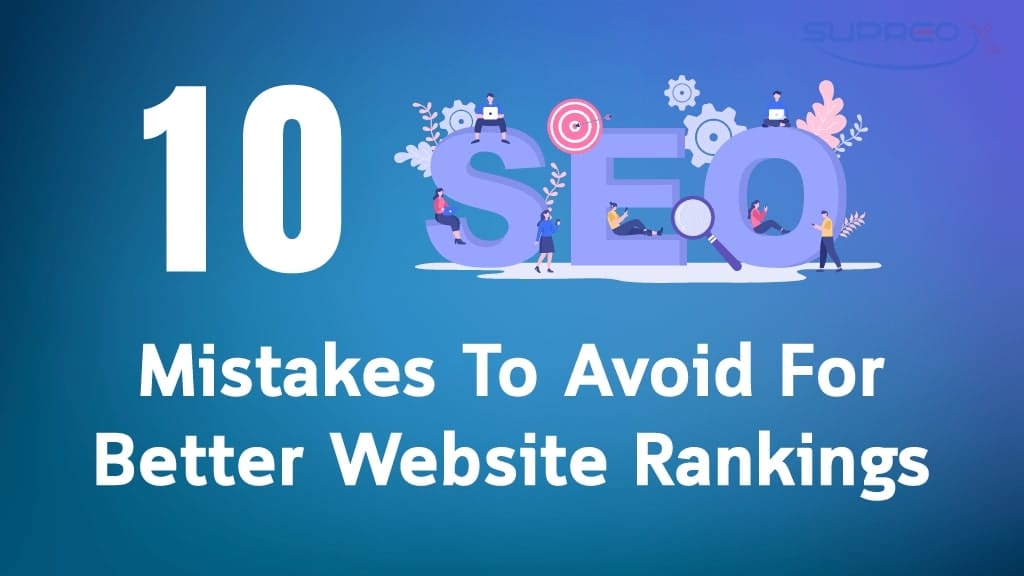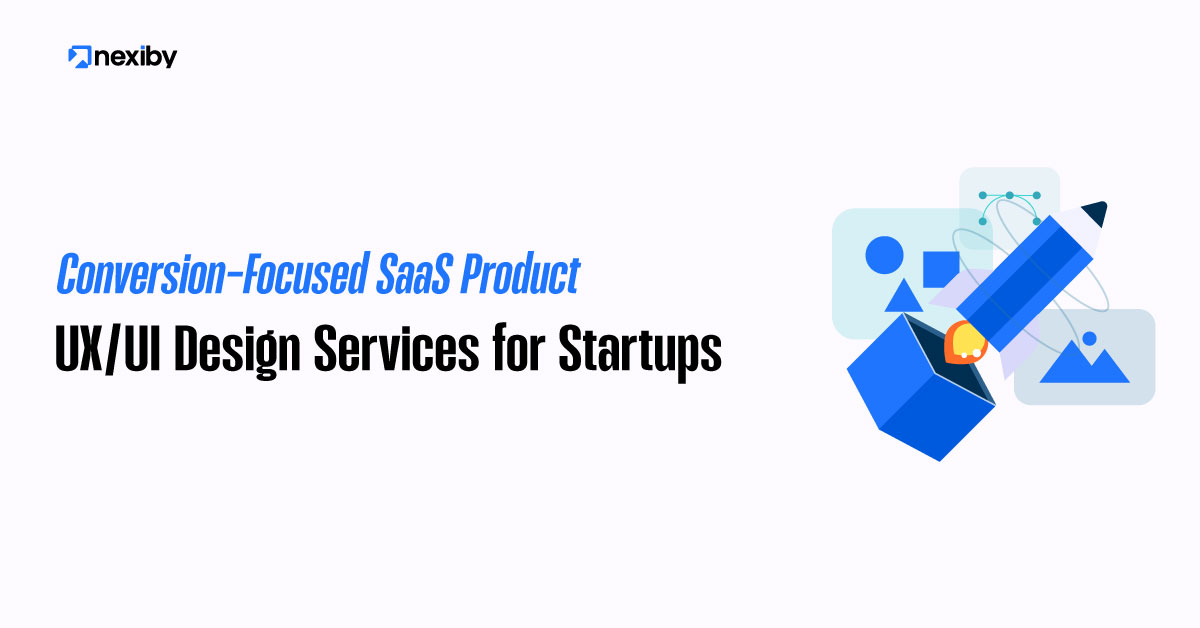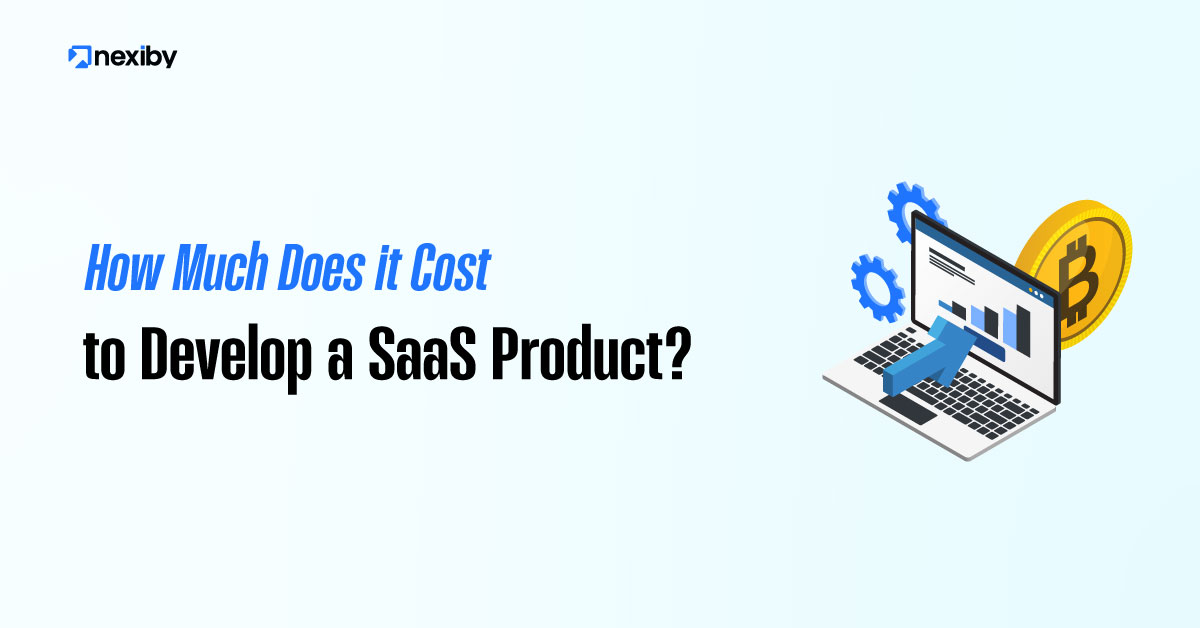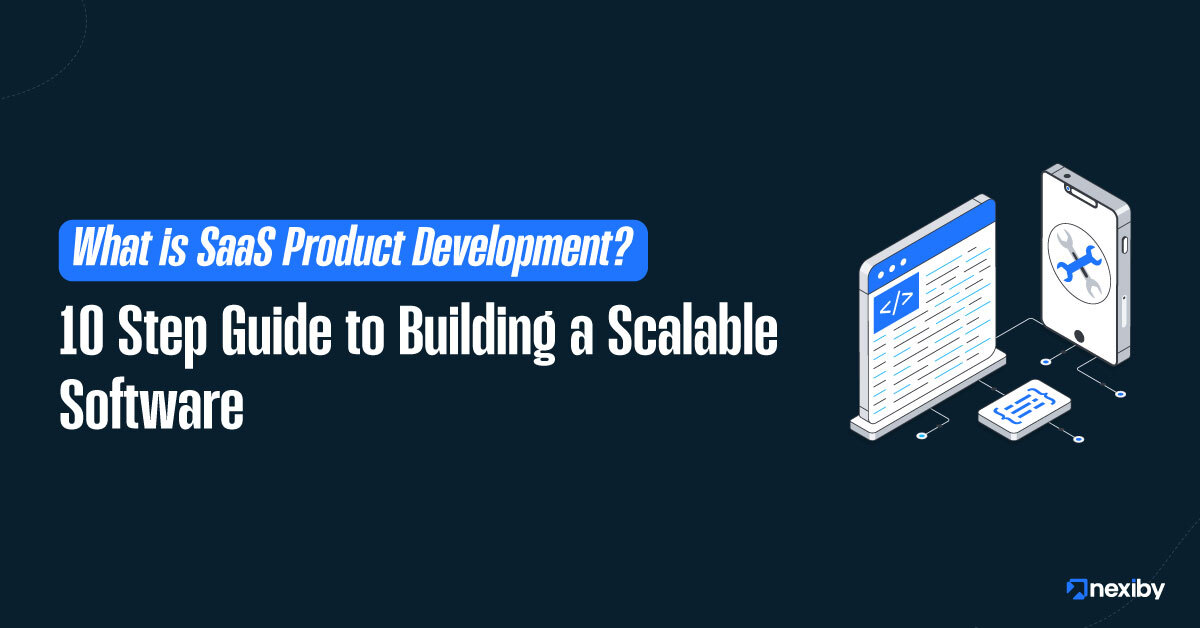SEO has changed. In 2025, it’s about more than just backlinks and keywords. User experience, search intent, trust signals, and technical structure play a huge role in how Google ranks your site. Yet, many websites still make outdated or hidden mistakes that quietly ruin their chances of reaching the top of the search results.
Here are the 15 most common SEO mistakes to avoid in 2025, along with explanations and actionable solutions to fix them and stay ahead of the competition.
1. Ignoring Keyword Research and Search Intent
Choosing keywords blindly is like shooting in the dark. Many site owners target broad or random keywords without understanding what users are actually looking for. This leads to poor rankings and wasted effort.
Why is it a problem?
If your content doesn’t match what the user wants, Google won’t rank it. For example, if someone searches for “best SEO tools,” they likely want a comparison guide, read reviews, or make a purchase immediately, not a general blog post. Targeting high-volume but vague keywords can attract the wrong audience, leading to increased bounce rates and reduced conversions.
How to fix the problem?
Use tools like Ahrefs, SEMrush, or Google Search Console to research keywords and identify the types of content that are ranking. Then, build a keyword strategy around intent and funnel stages. Here is how to map search intents for every keyword you target:
Informational: “What is SEO?” → Blog post
Commercial: “Best SEO tools 2025” → Comparison article
Transactional: “Buy SEO audit” → Landing page
2. Writing Content That Doesn’t Match the Funnel Stage
Even if your content is well-written, it won’t perform if it’s not aligned with where your visitors are in their buying journey. Many brands publish content that doesn’t guide users toward conversion.
Why is it a problem?
Let’s say you’re trying to sell a service, but your blog only educates readers without offering next steps. You’re missing the chance to move them through the funnel. This disconnect leads to low engagement and poor ROI from your content efforts.
How to fix the problem?
Segment your content strategy by the buyer’s journey:
Awareness: Educational blog posts
Consideration: Reviews, comparisons, case studies
Decision: Landing pages, testimonials, pricing tables
Audit your existing content to ensure it aligns with user intent at each stage of the funnel. Create comparison posts, case studies, and buyer’s guides to address the consideration stage. Optimize landing pages and testimonials for the decision stage. Add internal links and calls-to-action (CTAs) that guide users to the next step.
3. Poor Website Architecture and Crawlability
A messy site structure makes it hard for search engines and users to find your pages. This mistake is surprisingly common and often overlooked during the design and development process.
Why is it a problem?
If your content is buried deep, orphaned (not linked anywhere), or part of a confusing navigation, Google’s crawlers may not even find it. This reduces indexation and ranking potential. A poorly structured site also frustrates users, leading to high bounce rates.
How to fix the problem?
Follow the 3-click rule: any page should be reachable in three clicks or fewer. Use a silo structure where related topics are grouped under parent pages. Tools like Screaming Frog or Sitebulb help identify crawl errors and orphaned pages. Add breadcrumbs and a clear URL structure to improve both usability and SEO.
4. Sloppy Title Tags and Meta Descriptions
Your title and meta description are what users see first on the search engine results page. If they’re boring, duplicated, or missing, users won’t click, and search engines may not rank them either.
Why is it a problem?
Google uses click-through rate (CTR) as a ranking factor. If your titles don’t entice users to click, your rankings can drop. Duplicate metadata can also confuse Google about which page is more relevant, especially if several have similar content.
How to fix the problem?
Write a unique title and meta description for every page. Keep your title under 60 characters and your meta description under 160. Use emotional triggers and power words like “Top,” “Proven,” “Complete,” or “Updated for 2025.” Make sure the primary keyword appears naturally and early in the title.
5. Not Optimizing for Core Web Vitals and Mobile Devices
Google prioritizes user experience, particularly on mobile devices. If your site performs poorly in Core Web Vitals or isn’t mobile-friendly, expect your rankings to suffer.
Why is it a problem?
Core Web Vitals directly affect SEO. A slow-loading, unstable site on mobile drives users away. That signals to Google that your site offers a poor experience, which negatively impacts rankings and visibility.
How to fix the problem?
Use Google PageSpeed Insights or Lighthouse to test your performance. Focus on these Core Web Vitals:
LCP: Improve load speed by compressing images and using fast hosting
CLS: Avoid layout shifts with consistent dimensions for elements
INP: Reduce interactivity delays by optimizing JavaScript
Also, ensure your site is fully responsive and passes the Mobile Usability report in Search Console.
6. Slow Website Speed
Speed is still one of the most critical ranking factors. Users won’t wait for your site to load, and Google is aware of this.
Why is it a problem?
Every second your site takes to load increases the chance users will leave. A slow site affects user experience, bounce rate, and conversion rate. Additionally, it consumes a portion of your crawl budget.
How to fix the problem?
Use lightweight themes, minimize plugins, and enable caching. Tools like WP Rocket, LiteSpeed Cache, and Cloudflare can help optimize your website’s performance. Convert images to WebP or AVIF format. Reduce third-party scripts and clean up your code to improve performance.
7. Publishing Thin, Duplicate, or Outdated Content
Content must be valuable, unique, and up-to-date. Pages with very little information, repeated text, or old data won’t rank well in 2025.
Why is it a problem?
Thin content lacks depth and fails to satisfy the user’s query. Duplicate content confuses search engines. Outdated posts lose authority over time, especially when competitors update theirs.
How to fix the problem?
Audit your site for thin or duplicate content using Surfer SEO or Screaming Frog. Expand short posts into full guides. Refresh outdated content with new stats, examples, and visuals. Add canonical tags to duplicate pages when necessary.
8. Ignoring E-E-A-T (Experience, Expertise, Authority, Trust)
Google wants to rank content created by people with fundamental knowledge and credibility. If your site lacks signs of trust or expertise, your rankings can drop.
Why is it a problem?
Especially in health, finance, and legal niches, Google evaluates who wrote the content and why they’re qualified. A site with no author, no reviews, and no trust indicators is at a disadvantage.
How to fix the problem?
Include detailed author bios, credentials, and case studies. Add reviews, client testimonials, and external citations. Use Author schema markup and display trust badges or certifications where relevant.
9. Poor Internal Linking
Internal links guide users and help Google understand your content structure. Many sites fail to link related content together, missing out on SEO benefits.
Why is it a problem?
Without internal links, important pages might not get indexed or ranked. It also makes it harder for users to explore related topics, reducing time on site and engagement.
How to fix the problem?
Add contextual internal links with descriptive anchor text. Use topic clusters where one pillar page links to several supporting blog posts. Update older articles to include links to new ones and vice versa.
10. Building Toxic or Low-Quality Backlinks
Backlinks still matter. But if they come from spammy sites, they can harm your rankings instead of helping.
Why is it a problem?
Google penalizes websites with unnatural or toxic backlinks. These links are often bought or come from low-authority directories, irrelevant blogs, or link farms. They make your site look untrustworthy.
How to fix the problem?
Use Ahrefs or SEMrush to identify spammy links. Disavow them in Google Search Console. Focus on earning high-quality backlinks through guest posting, original research, digital PR, and tools like HARO.
11. Not Using Schema Markup
Schema helps search engines understand your content and show rich results. Without it, your listings may appear plain and receive fewer clicks.
Why is it a problem?
Schema increases your chances of appearing in featured snippets, FAQ panels, and product reviews. Ignoring it means you’re invisible in enhanced search features.
How to fix the problem?
Use JSON-LD schema to mark up:
- Blog posts
- Products
- FAQs
- Reviews
- Local business info
Use tools like Google’s Structured Data Testing Tool or Rank Math to validate your schema.
12. Neglecting Local SEO
If your business serves local customers, skipping local SEO is a big mistake. Local rankings depend entirely on different signals.
Why is it a problem?
Without local optimization, you won’t show up in Google Maps or the local 3-pack, even if your SEO services are excellent. Inconsistent NAP data or an unclaimed Google Business Profile damages credibility.
How to fix the problem?
Claim and fully optimize your Google Business Profile. Ensure consistent Names, Addresses, and Phone Numbers across all listings. Add a local schema to your site. Encourage happy customers to leave reviews on platforms like Google and Yelp.
13. Not Optimizing Images and Videos
Visual content is powerful. But large, unoptimized files hurt your performance and SEO if not handled properly.
Why is it a problem?
Oversized media slows down your site. Missing alt text means search engines can’t understand what the image or video is about, which limits your visibility in image and video search.
How to fix the problem?
Compress all images. Use descriptive filenames and add keyword-rich alt tags. Host videos on YouTube, embed them, and include transcripts for enhanced accessibility. Submit image and video sitemaps to Search Console.
14. Not Tracking SEO Performance
If you’re not tracking, you’re guessing. Many site owners don’t monitor performance, so they have no idea what’s working and what needs fixing.
Why is it a problem?
Without data, you can’t make informed decisions. You may continue investing time and money into strategies that aren’t bringing results. Worse, you might miss serious issues, such as crawl errors or ranking drops.
How to fix the problem?
Set up Google Analytics 4 and Search Console. Use SEO tools like Ahrefs, SEMrush, or Moz to monitor traffic, rankings, backlinks, and site health. Run monthly audits and track KPIs like bounce rate, CTR, and goal completions.
15. Over-Optimizing or Using Black-Hat Techniques
Trying to cheat the algorithm is a thing of the past. Over-optimization and black-hat tactics now trigger red flags.
Why is it a problem?
Tactics like keyword stuffing, cloaking, or buying links can result in penalties. Even AI-generated content that lacks originality can be flagged as such. These practices may be effective in the short term, but they risk long-term damage.
How to fix the problem?
Stick to white-hat SEO practices. Focus on writing for humans, not just search engines. Use AI tools responsibly to assist with content creation, but always review, edit, and personalize the content before publishing.
Conclusion
Success in Search Engines depends on precision, purpose, and performance. If you’re still making any of the 15 SEO mistakes listed above, you are handing your competitors an easy win. Each error, whether it’s ignoring user intent, neglecting site speed, or skipping schema, slowly erodes your visibility, authority, and revenue.
The good news is that every mistake has a solution. Whether you’re a business owner, marketer, or content creator, you can start improving your rankings immediately by focusing on intent-driven content, resolving technical issues, and consistently delivering genuine value to your audience.
SEO is not magic. It is a matter of strategy, execution, and consistency. Avoid these 15 critical SEO mistakes in 2025, and you will improve your rankings and build a sustainable online presence that earns clicks, trust, and long-term growth.
Frequently Asked Questions
What’s the biggest SEO mistake to avoid in 2025?
The most damaging mistake is ignoring search intent. If your content does not align with what users are actually searching for, it won’t rank, even if it’s well-written or packed with keywords.
How can I tell if my website has SEO issues?
Use tools like Ahrefs, SEMrush, or Screaming Frog to perform a comprehensive site audit. These platforms can identify technical problems, slow pages, missing metadata, broken links, and more.
Is keyword density still important in SEO?
Yes, but only when used naturally. Aim for a focus keyword density of around 1.3 percent, and include related terms throughout your content. Never force keywords or stuff them into your copy.
Does Google still penalize duplicate content in 2025?
Yes, it does. Duplicate or copied content can hurt your site’s authority and confuse search engines. Use canonical tags for similar pages or consolidate them into a single, more valuable piece of content.
Are backlinks still essential for SEO success?
Definitely, backlinks from high-quality, relevant websites remain one of the strongest ranking factors. However, avoid buying links or using spammy directories. Focus on earning backlinks through great content and genuine outreach.
How often should I update my website to improve its SEO?
Review and refresh your most important content every three to six months. Keep your data, links, and formatting up to date. This shows search engines that your content is fresh, relevant, and worthy of ranking.








